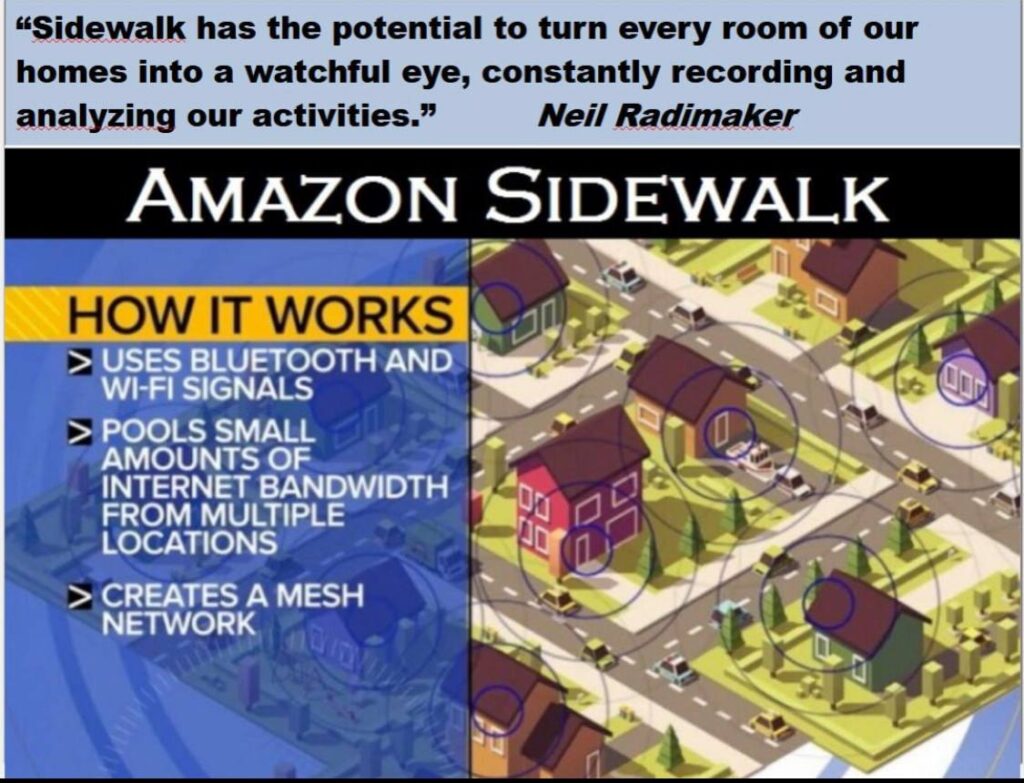Wednesday 14th June. This important event was organised to host Professor Kent Chamberlain – University of New Hampshire, Professor Emeritus, Electrical & Computer Engineering, New Hampshire Commission on Environmental and Health Effects of 5G, ICBE-EMF Commissioner – who was over in the UK for an IEEE (Institute of Electrical and Electronics Engineers) meeting with Vodafone.
This is an excellent 22 min video of Kent speaking about his work: New Hampshire Commission report on the effects of 5G.
https://icbe-emf.org/activities/
Sign up to newsletterMast Applications
•Take action steps on RFinfo: https://rfinfo.co.uk/masts/
•Take action masts forum: https://ukstop5g.freeforums.net/board/3/post-object
Planning rules for 5G masts in England Dec 2022
Inspector rejects plan for mobile phone mast on roof of Hove flats
Canadian MP Peter Fonseca of Ottawa Ontario writes letter to Canadian minister. A good example being set by a Canadian MP: “I inquired whether residents experience any mobile or internet service disruptions, and every resident I spoke with indicated that they have a satisfactory level of service. After considering all of the concerns raised, I am not convinced that the proposed location is suitable for the installation of the telecommunications tower. As an elected representative responsible for advocating on behalf of my constituents, I believe it is my duty to bring to your attention the significant concerns that have been raised by my residents.”
Environment
Amazon shuts down customer’s smart home for a week after delivery driver claimed he heard racist slur through Ring doorbell – even though no one was home. Daily Mail.
Investigating 15 Minute Cities – Geoff Snicer. 1hr Canada.
Bee projects looking at RFR need URGENT help with funding. Our citizen science projects look at which other factors may be affecting bee declines, e.g. pollution from diesel particulates, chemicals and heavy metals, and electromagnetic radiation, including radiofrequency radiation. This research is urgently needed and it is not being done.
New study: Wi-Fi frequency harms honeybee homing ability
Environmental procedures at the FCC: a case study in corporate capture
Health and Research
Why are all those racehorses dropping dead at Churchill Downs? After Cellfonetaskforce report.
Experts Gather to Warn of Health Dangers of 5G Radiation. Daily Sceptic.
The book “Smartmeters, Dirty Electricity, Pulses and Health” is now for download. They also breach the energy efficiency directive. Because they could use the power grid to communicate.
Technical
6G: Foundation for an end-to-end system architecture
How 5G Will Impact the Future of Farming
Reminder about insurance: Cell phone companies such as T-Mobile cannot get insurance coverage for long term health damages from cell tower radiation exposure. In fact, telecommunications companies warn their shareholders of liability risks due to lawsuits. However companies do not warn the people living near their towers, nor the parents of children going to schools with cell towers.
For example, T-Mobile’s 2023 Securities and Exchange Commission filing states:
“We, along with equipment manufacturers and other carriers, are subject to current and potential future lawsuits alleging adverse health effects arising from the use of wireless handsets or from wireless transmission equipment such as cell towers.”
Legal and Resistance
UK ActionAgainst5G:Appeal. The stated opinion of the government that 5G is safe is not based on positive knowledge as is clear. Such knowledge is as yet unavailable; it is an opinion made in the absence of supporting facts because 5G has barely been researched. The government stated repeatedly over the course of the Court Hearing that its “opinion” is that 5G is safe; this opinion has been arrived at apparently without scrutinising the position of ICNIRP, upon which the government itself relies. ICNIRP does not say that 5G is safe; not only does it leave many questions as to safety unanswered, but it also specifically sets out members of the public who are excluded from its notion of protection.
Former ICNIRP Member James Lin: Outdated FCC and ICNIRP Wireless Radiation Limits Are Questionable
New Hampshire Commission Setback Justification. YouTube overview.
Netherlands: Phone ban announced to stop school disruptions
New York City Council Hearing on 5G Jumbo Towers June 7 2023. Council members do drill down into the True need for more network, suspecting that it siting was influenced by advertising revenue as well. True some areas do need coverage since there is no broadband yet, and the fibre to the 5G poles will provide a backbone for landlines. These are established to not ‘really’ be 5G, ie are sub 6Ghz and seemingly radial antennas. There were still various contradictions about the technical spec.
In the 2nd hearing at the 57min mark an ‘expert’ describes the ‘health’ issue, totally fatuously. All safety issues are bypassed in the hearing with reference made only to the FCC thermal model. He claims there is NO RISK, whereas a banana emits ionising radiation. The lady claims that the FDA have it covered, which is factual nonsense. See August 2021 case.
It’s not complicated. The FDA is violating its own law.
Update on the EHT et al. v FCC Lawsuit on Wireless Radiation Safety Standards. 2021, but as a reminder, a good summary.
Press conference: EHT et al. v. FCC | landmark case on wireless 5G safety. 2022, also a summary and reminder. No date was set for FCC responses.


